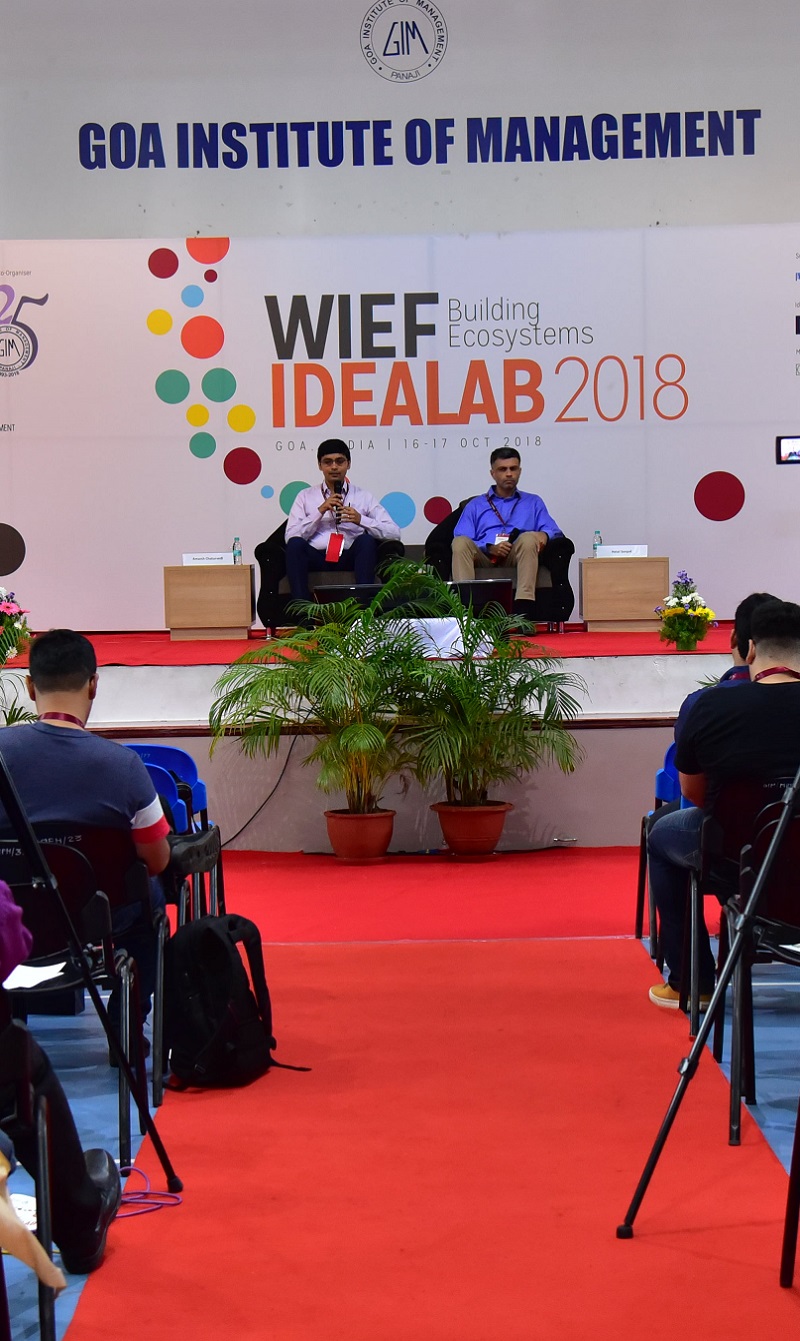Women empowerment in ASEAN
Women may still lag behind in ASEAN, but tools and programmes have been developed to promote economic empowerment and gender equality within the region.
Politically, economically and socially, women still lag behind men in terms of opportunities and results. Culturally, their participation in the professional arena may be limited by traditional beliefs and discriminatory gender practices that create a perpetual cycle of low self-esteem and lack of skills. Today, the contribution of women to the labour force is invaluable but undervalued—they dominate the informal economy, often in unpaid positions and without social security. In ASEAN, programmes and tools have been developed to promote the economic empowerment of women and gender equality within the region.
Equality matters
Gender equality refers to the situation in which women and men have equal value, rights and commitments. Gender equality is a basic human right as well as a prerequisite for sustainable development and reduced poverty.
A society that achieves gender equality will enjoy significant economic benefits—it expands human capital, raises labour productivity, improves agricultural productivity and attracts investment in physical capital.
Empowering, not spoon-feeding
Gender equality is not achieved by giving women hand-outs, but by empowering them with knowledge, skills and infrastructure. Empowerment helps women increase their economic, political and social strength, and provides them equal access to ownership, management and control of information, resources and benefits.
The empowerment of women should be aimed at increasing women’s sense of self-worth; giving them the right to make choices; the right to have access to opportunities and resources; the right to have the power to control their own lives, both within and outside the home; and the ability to influence the direction of social change to create a better social and economic order, nationally and internationally.
Some factors that facilitate women’s empowerment include the cultural context, the availability of support systems, women in leadership, favourable media coverage and a favourable policy climate.
However, the empowerment of women can also face constraining factors such as illiteracy, traditional attitudes, having to juggle multiple roles, conflicts among women’s groups and negative or sensational media coverage regarding women’s roles.
‘No nation can achieve the kind of growth that we all want and need if half of the population never get to compete and we cannot afford any longer to exclude the energy and talent that women add to our economy.’ Salome Ganibe, Senior Consultant and Gender Expert, Gender Equality Resource Center, Inc., Republic of the Philippines.
ASEAN women
ASEAN women are defined by several characteristics: they are loyal, family-oriented and the keepers of culture, values and traditional enterprises. They are resilient, creative and resourceful. As natural entrepreneurs, they are innovative and develop businesses that cater to their families and communities. They need support mechanisms not just in terms of funding but also in technology, capacity-building and business services to grow their enterprises beyond their immediate communities.
In short, empowering women will benefit entire households, communities and society at large.
Dimensions of women’s empowerment
Internal dimension
What: Empowers women from within themselves
How: Education and training
“Others” dimension
What: Raising recognition of women’s rights, capacities and capabilities, as well as about gender and women’s rights among women and men
How: Encouraging support organisations like banks, marketing services, corporations, business councils, government agencies to be sensitive to the needs of women
“Environment” dimension
What: Ensures that institutions in which we all function are sensitive to women’s needs
How: Ensuring women have access to decision-making because it is decision- making that creates the environment
Tools for economic empowerment of women
Financial services:
Finance institutions (banks, government agencies, MFIs), credit unions, banks, corporations empower women. Solidarity groups, cooperatives, savings mobilisation groups, (eg seed banks, animal banks, rice banks).
Appropriate technology:
Aid for income-generating activities of women and families, community-based and uses local resources, wisdom and potential. Handicraft production, food technology, alternative energy, EG solar, and biogas.
Capacity and capability building:
Enhancing self-esteem and self-confidence, developing competence by building knowledge and skills needed in business, through women empowerment programmes, training and development, leadership development.
Business management, marketing and trading:
Support in terms of technology and facility for women’s businesses, business development services, twinning/mentoring programme, business counselling, marketing/trading facility, (eg showrooms, e-market or e-mall) and business development centres.
Marketing through ICT:
Use of internet-based tools for doing business with others, women Co-op Productivity Centre (Thailand), E-Mall (ASEAN), IT@COOPS (Philippines, Thailand, Indonesia).
Networking and advocacy:
Networks and linkages supporting women’s businesses and advocating women’s empowerment, as well as gender equality, women’s business councils and networks, chambers of commerce, AWEN (ASEAN Women Entrepreneurs’ Network).
___________________
This is based on a session from the 11th WIEF in Malaysia.





